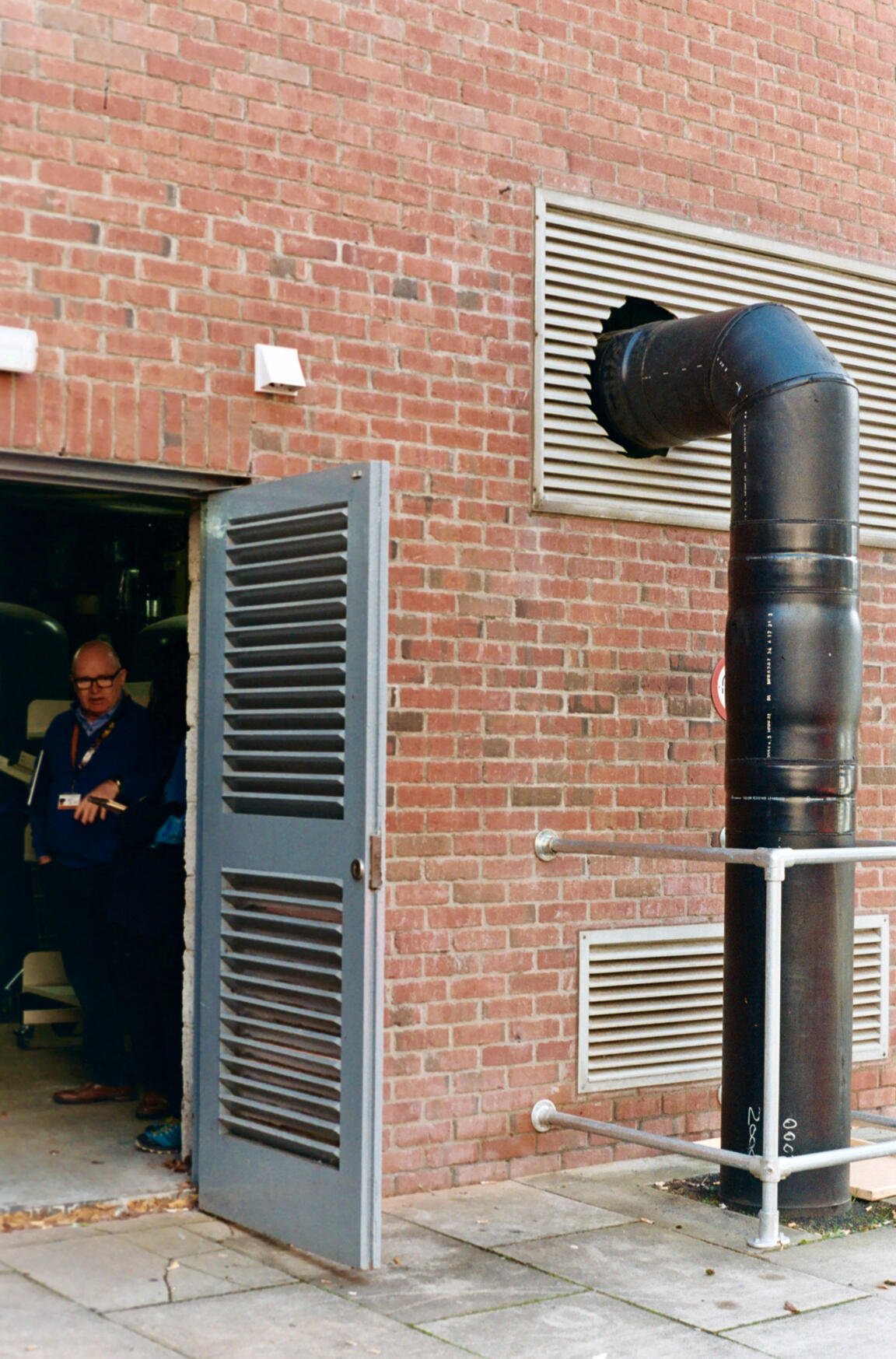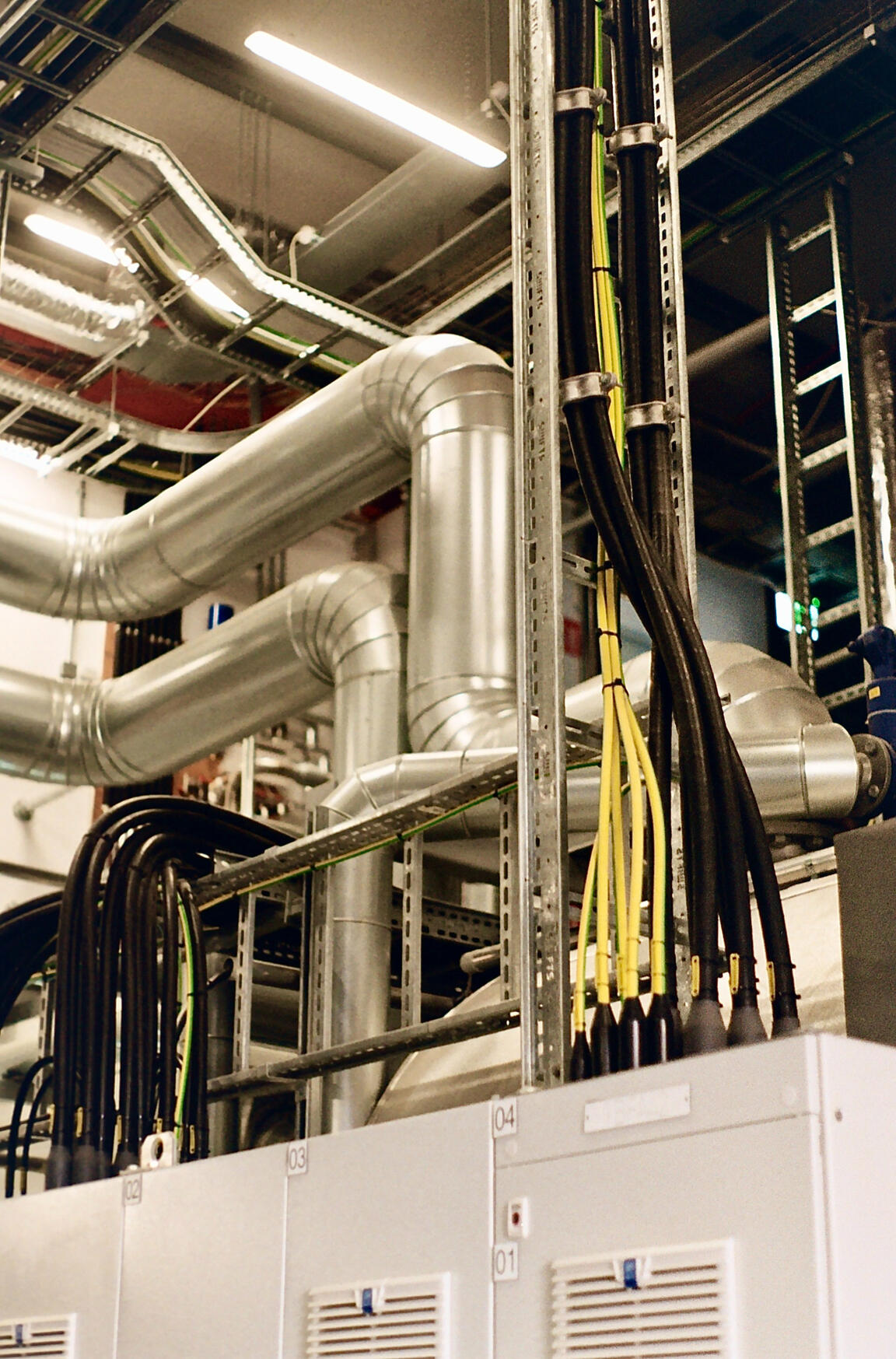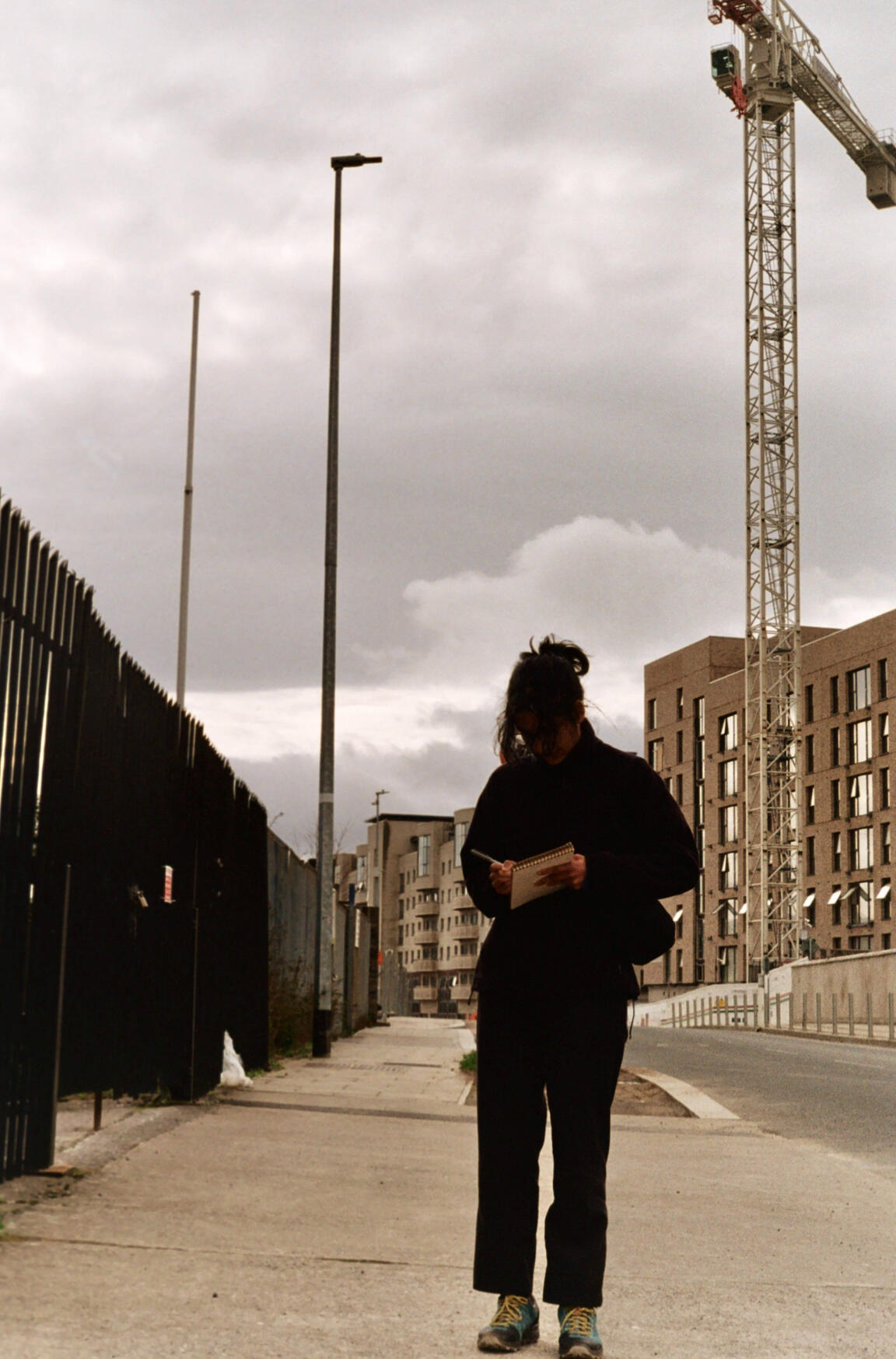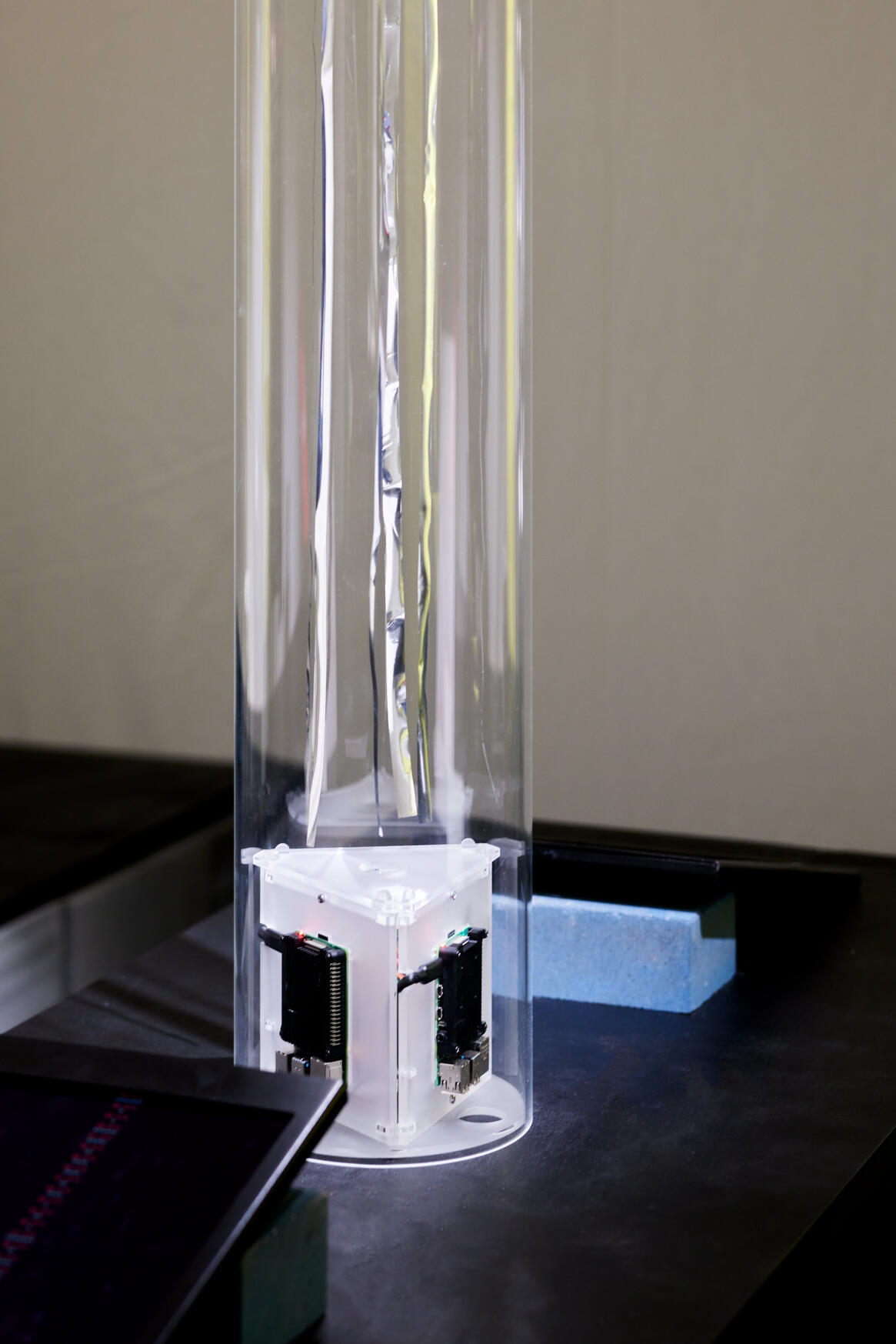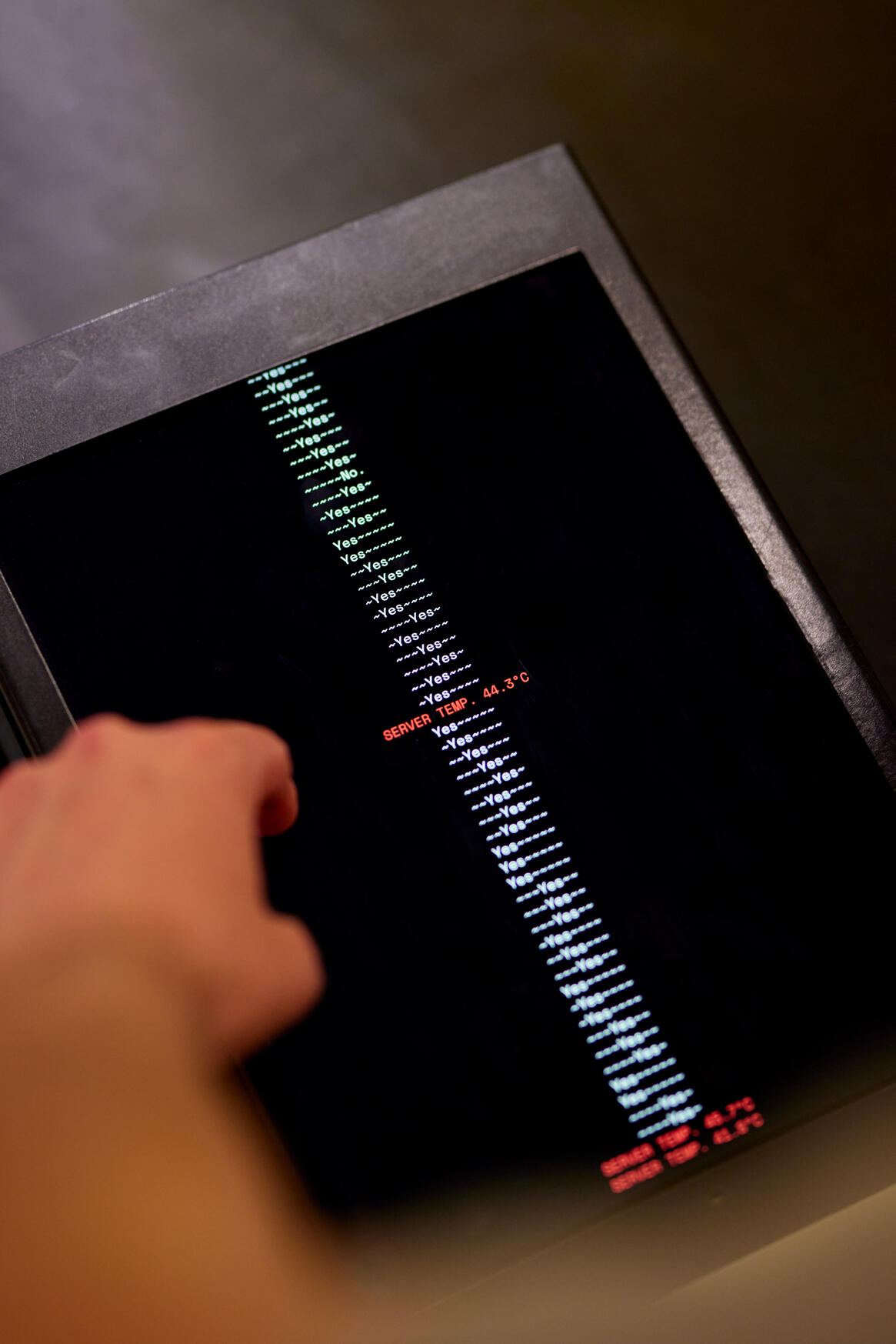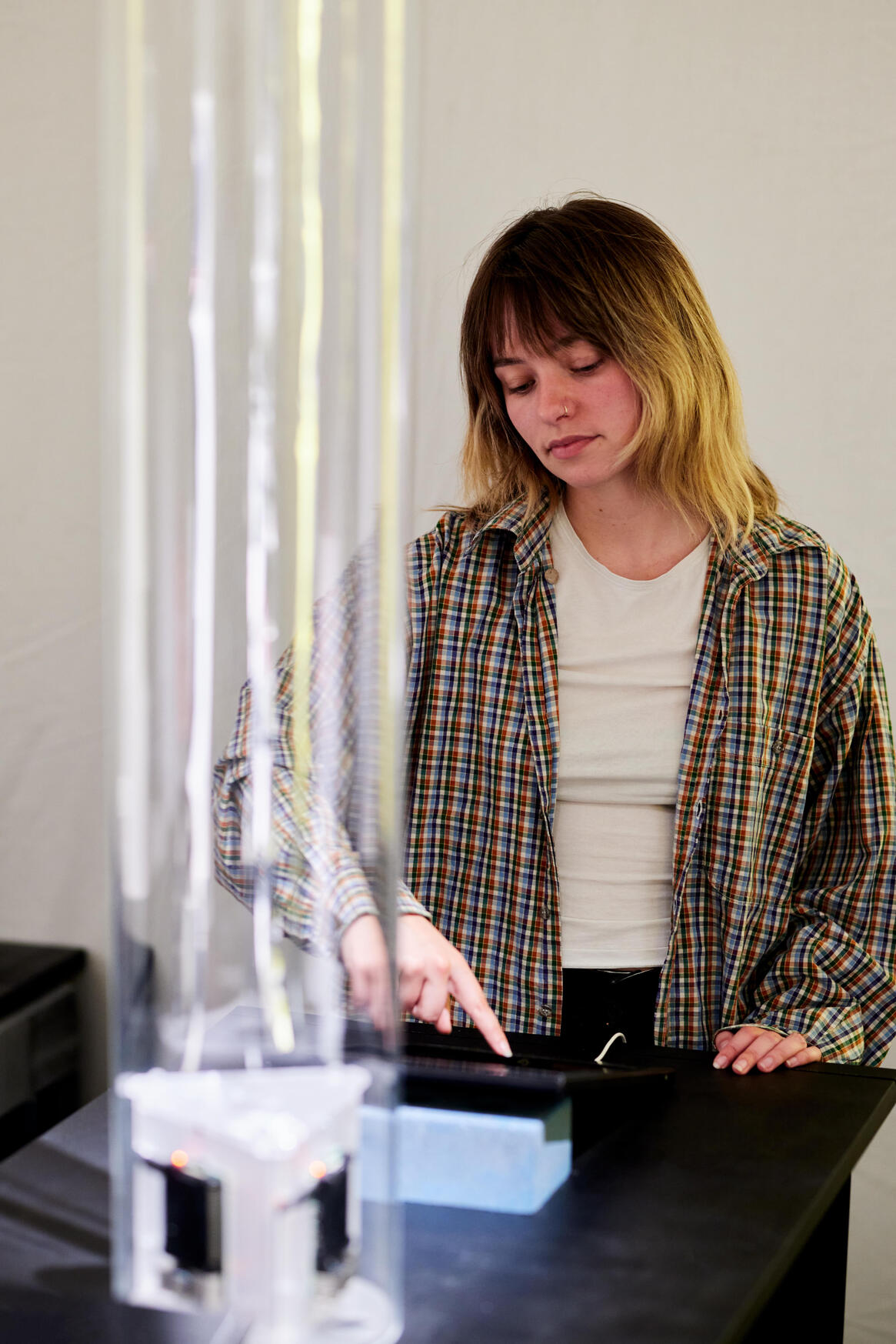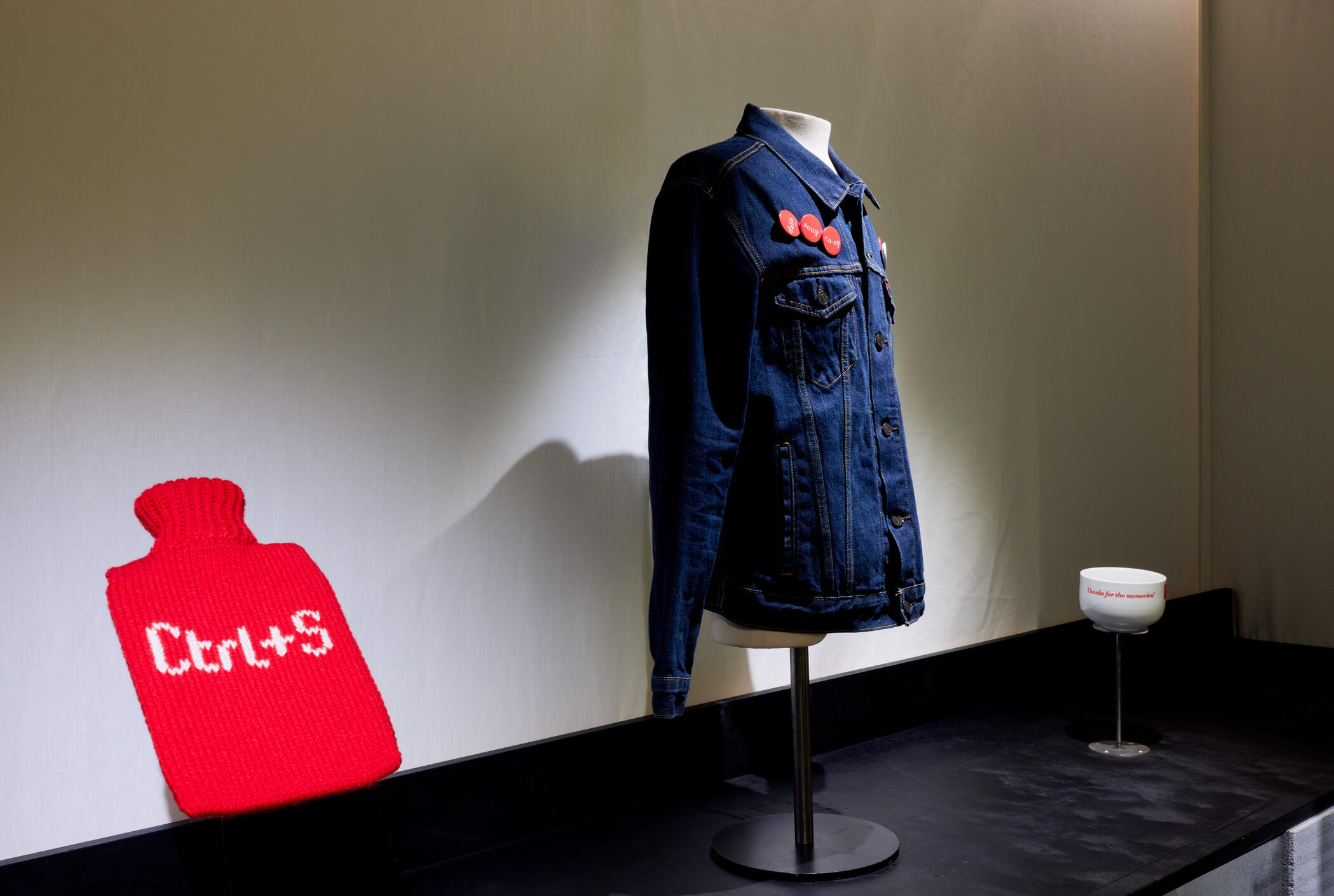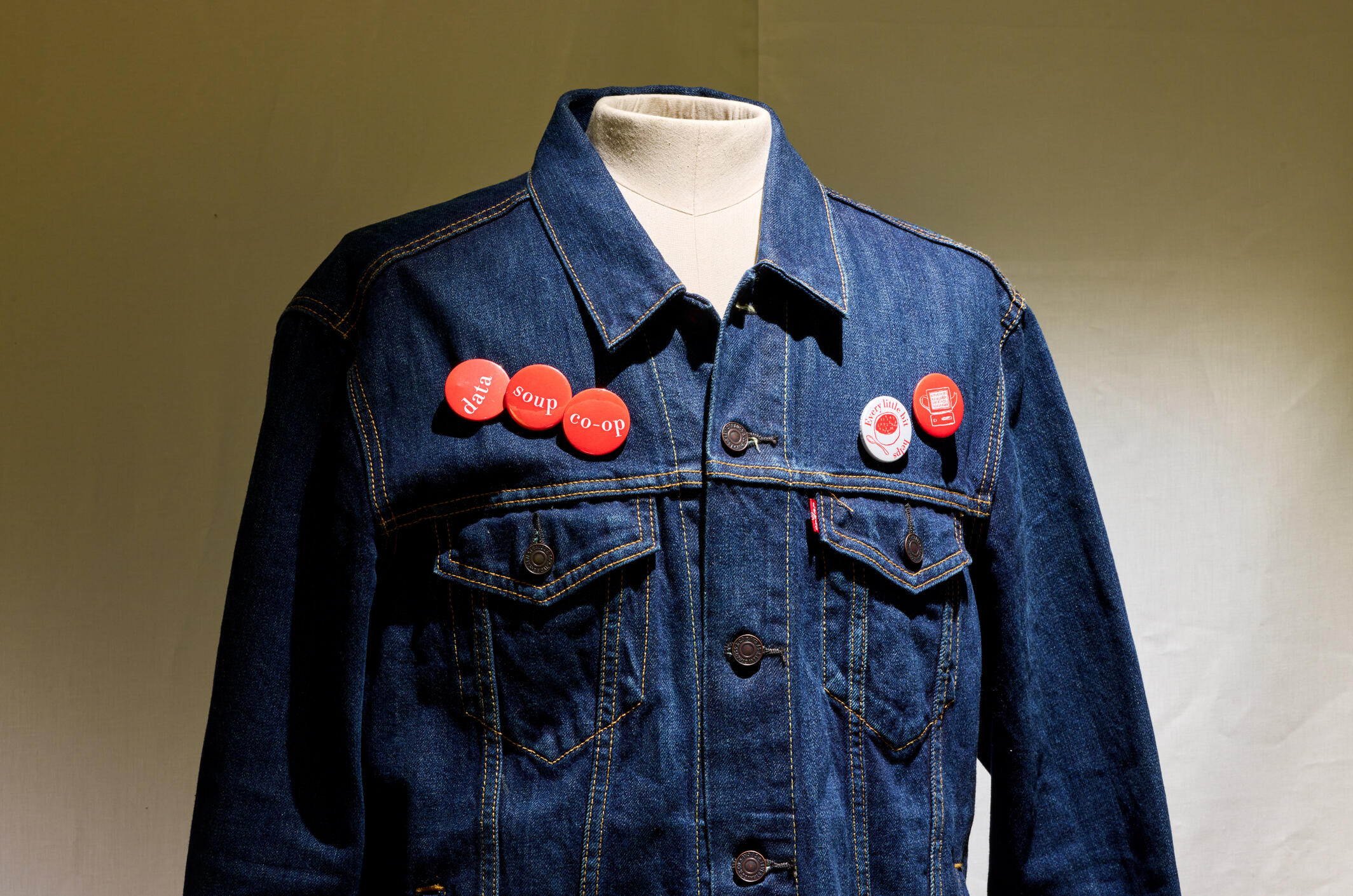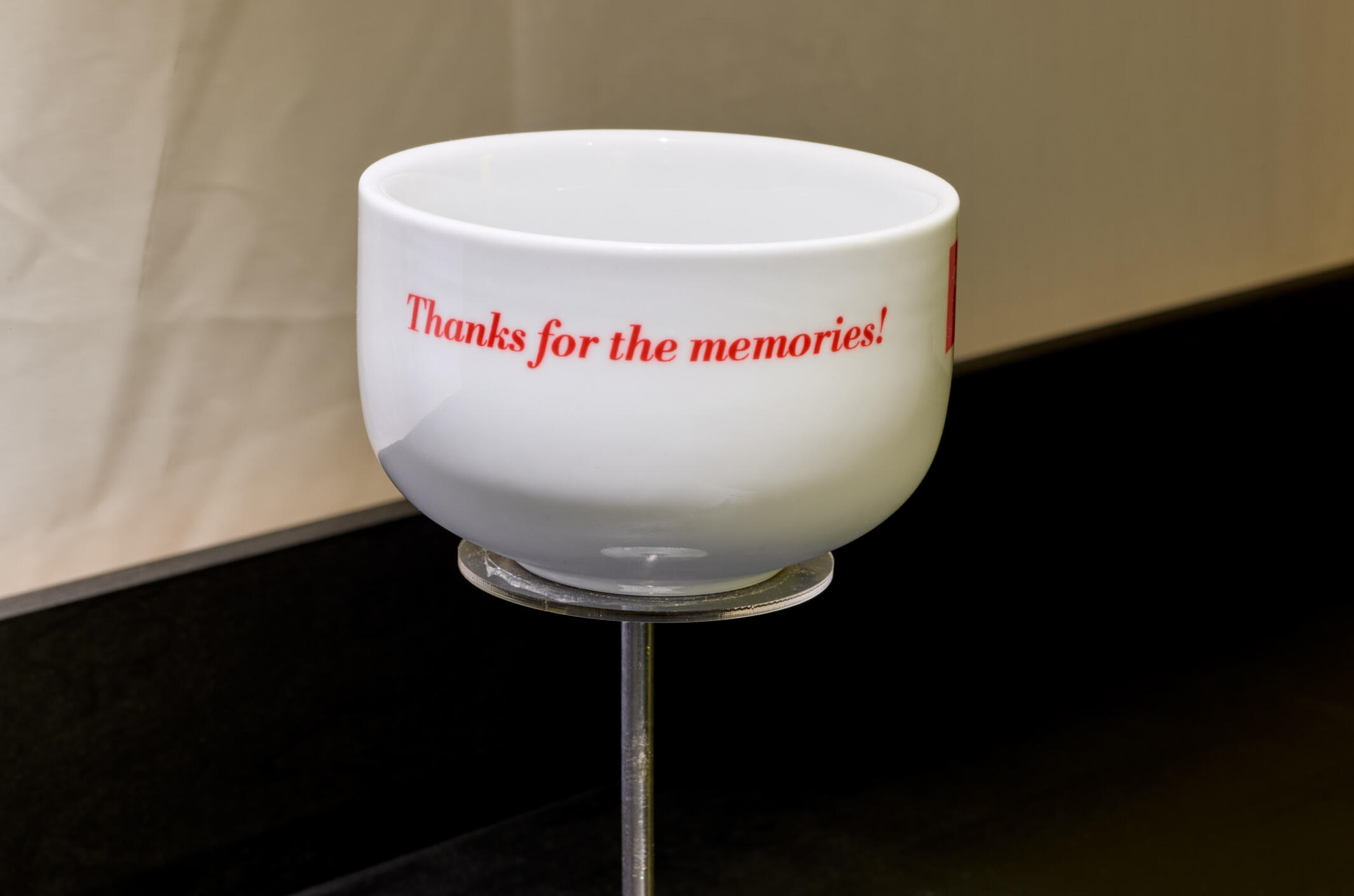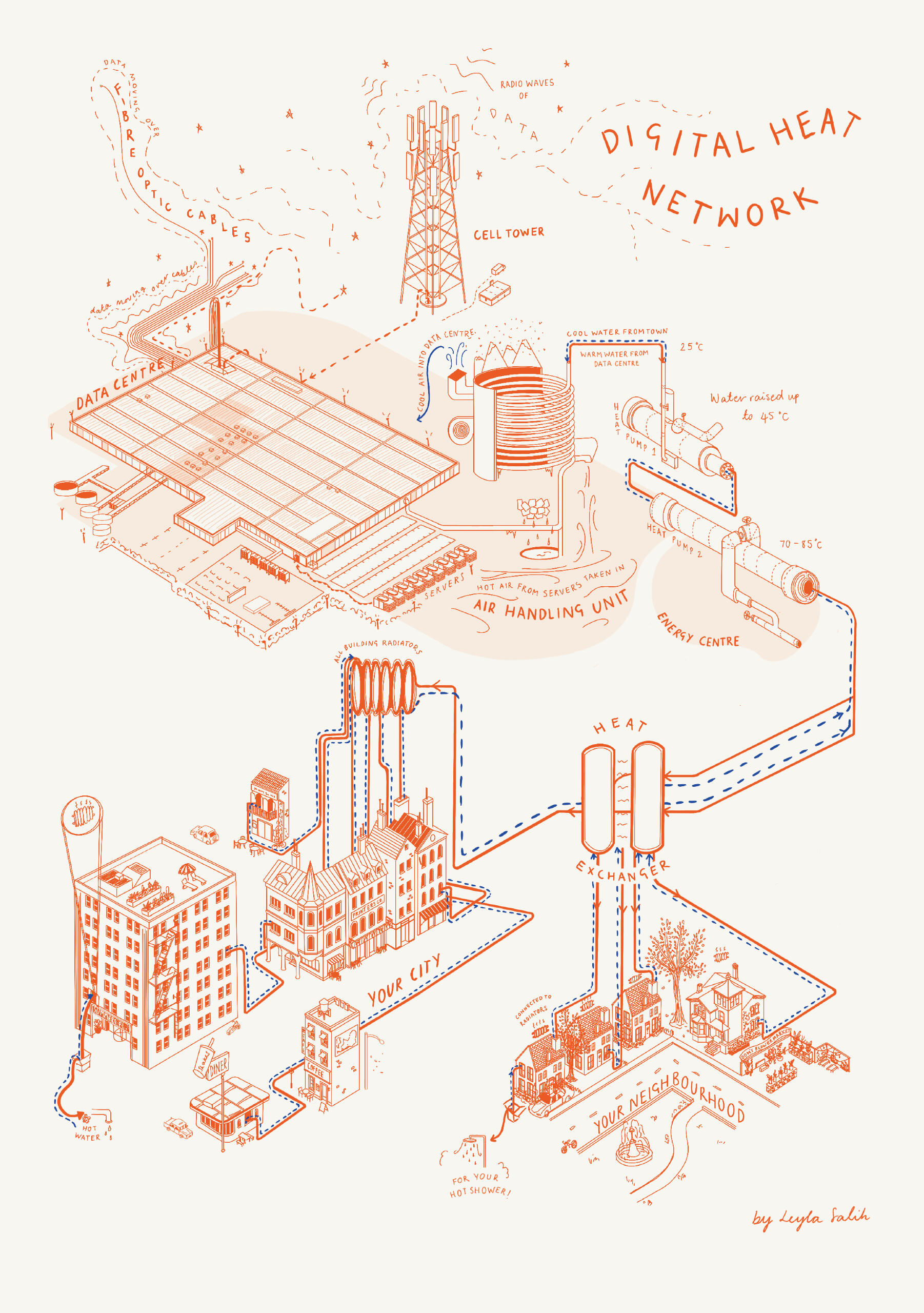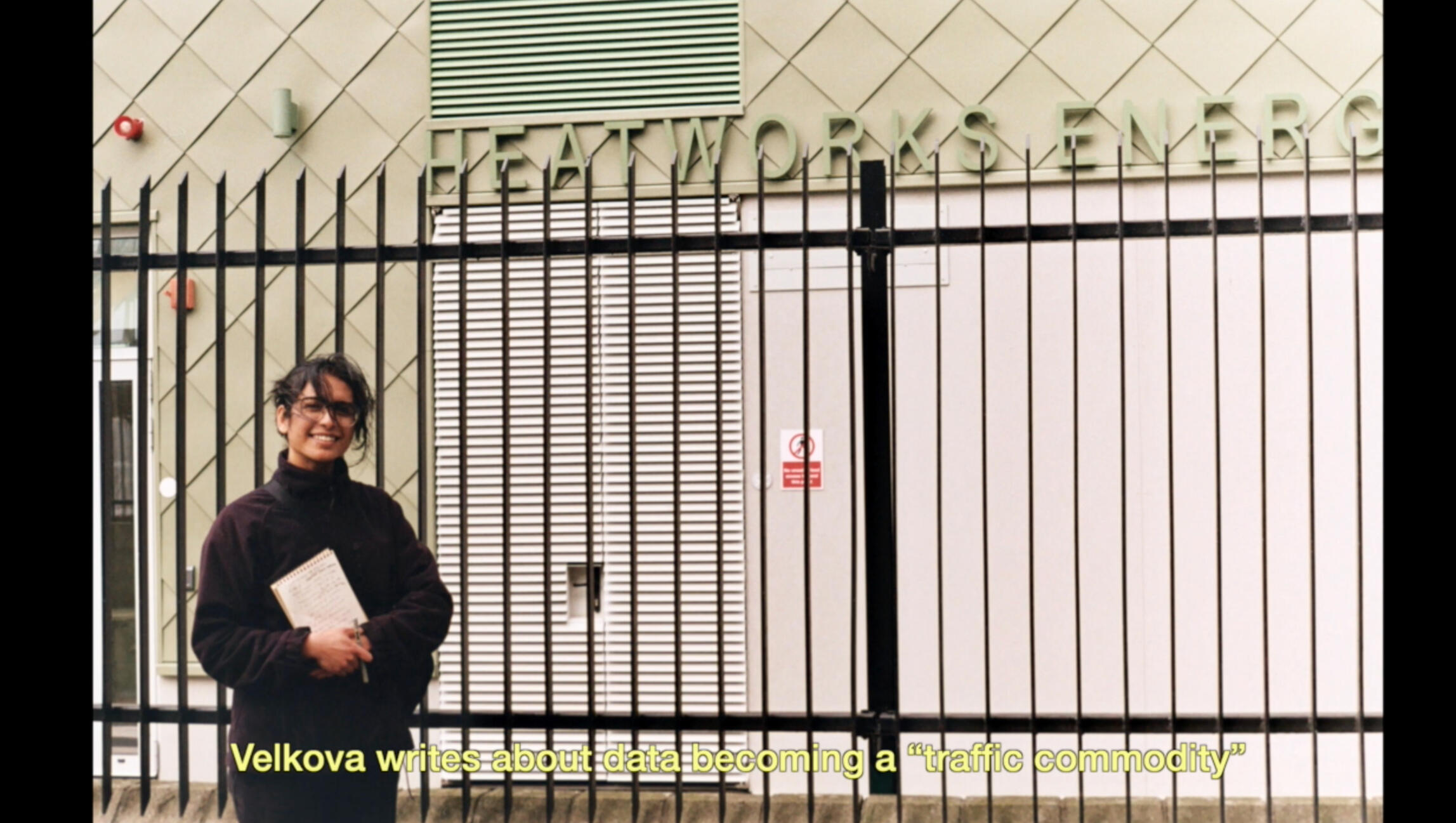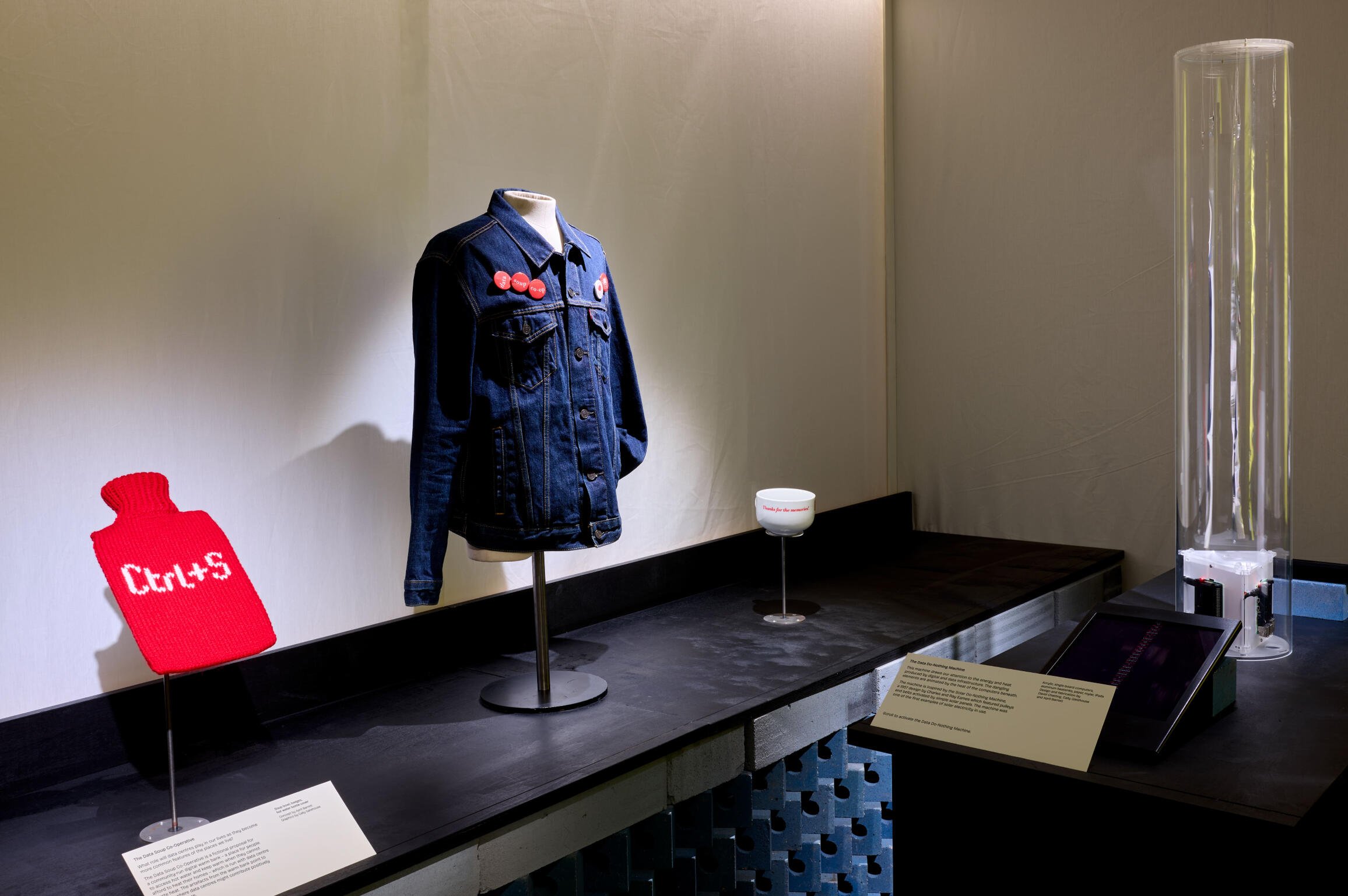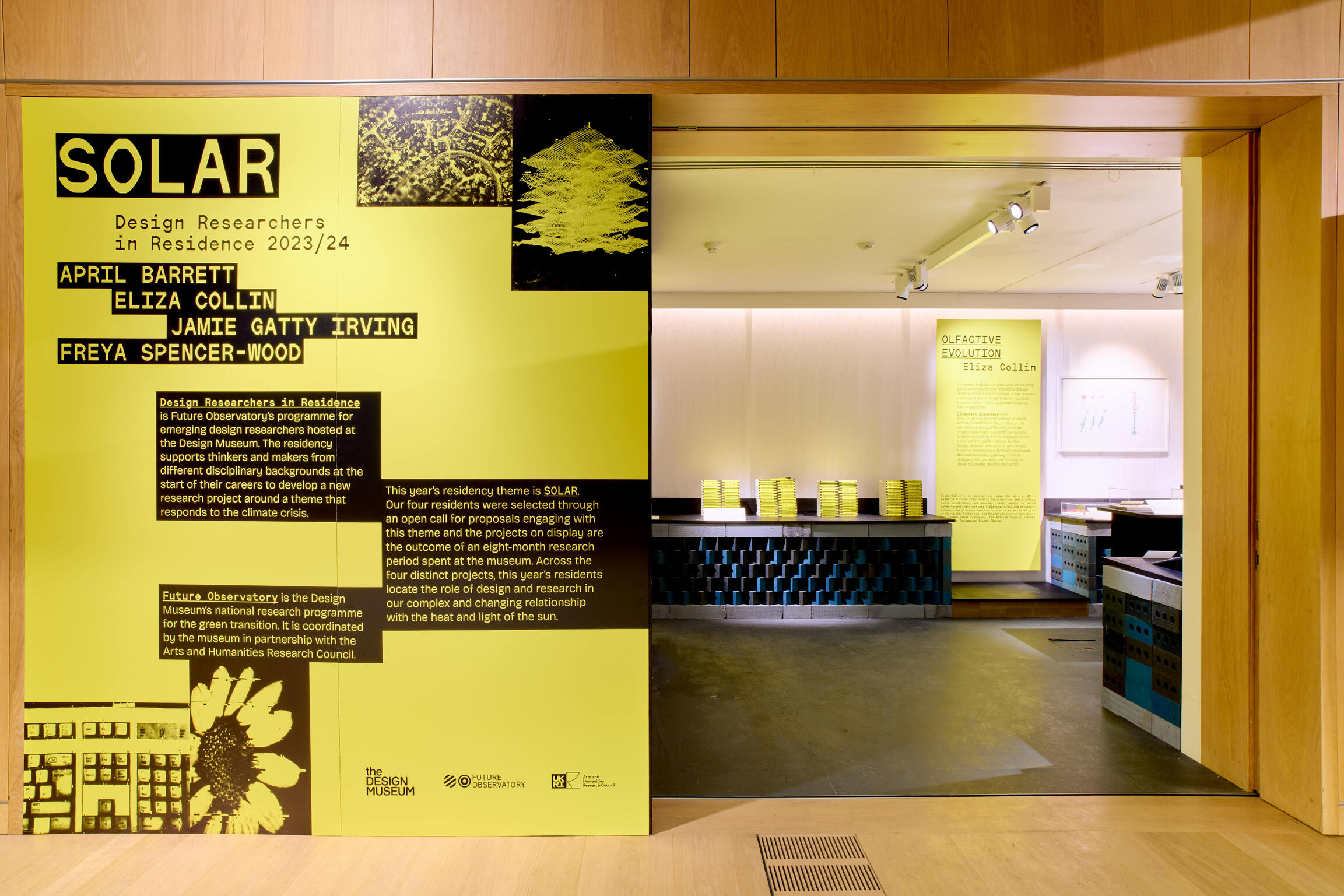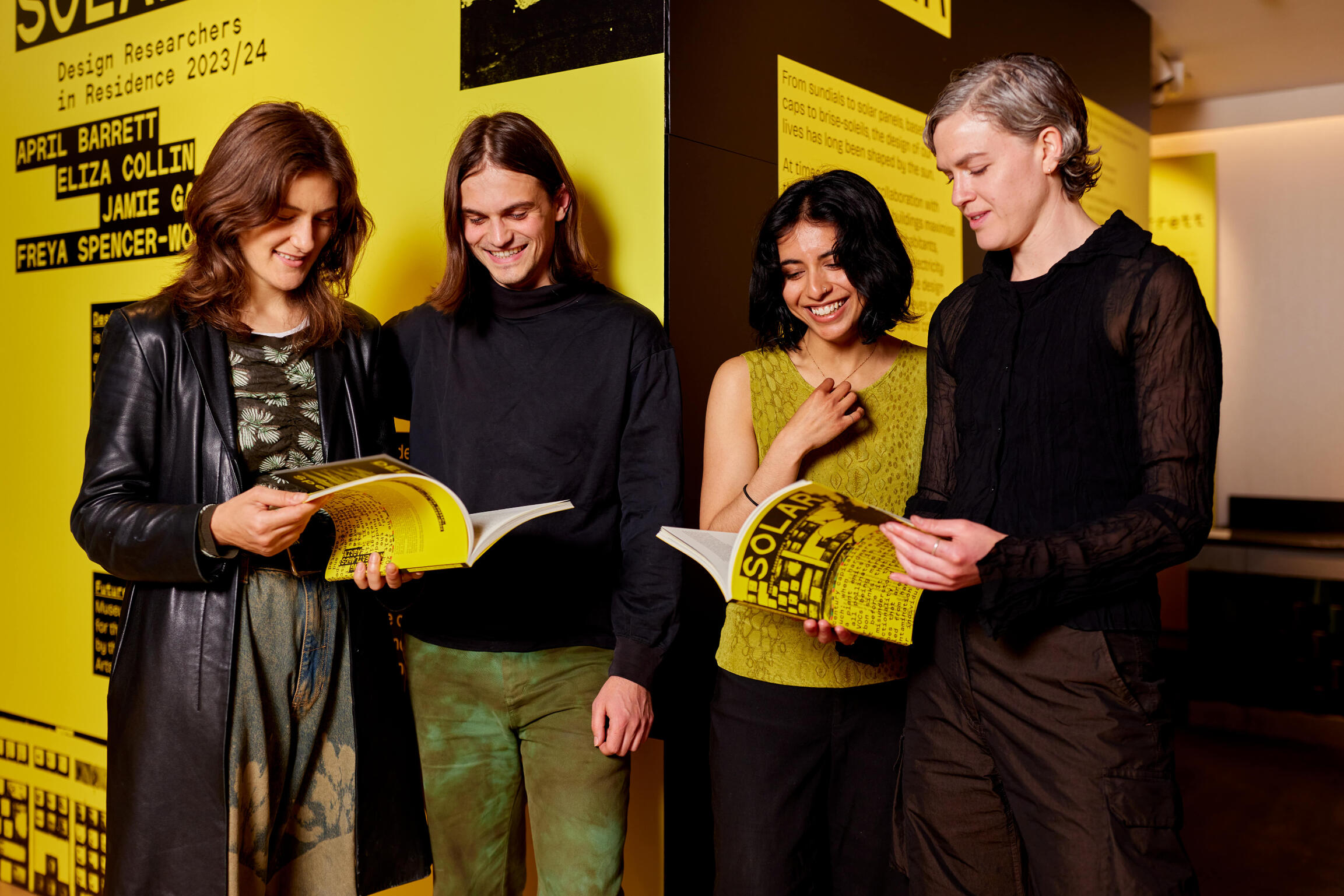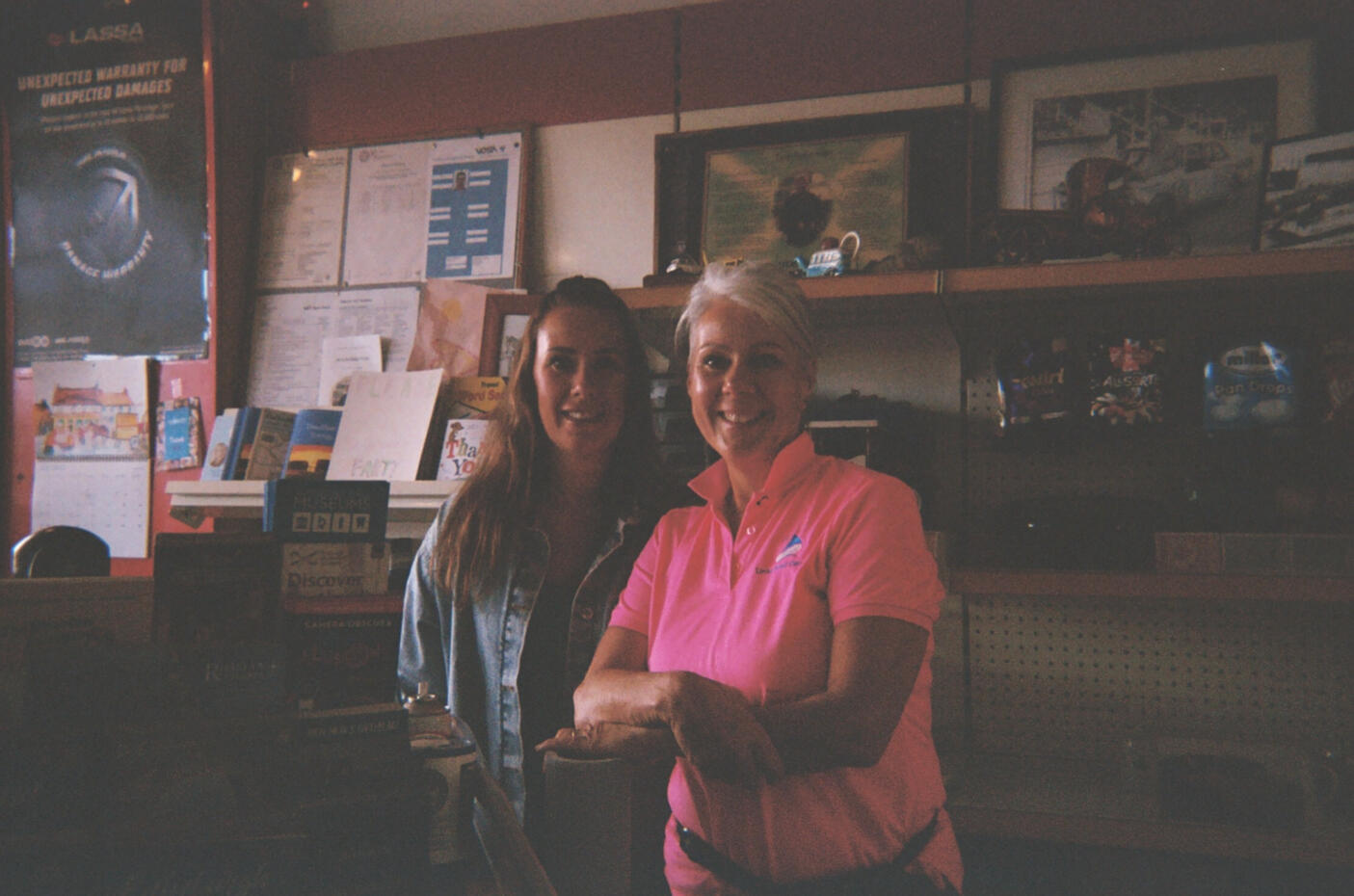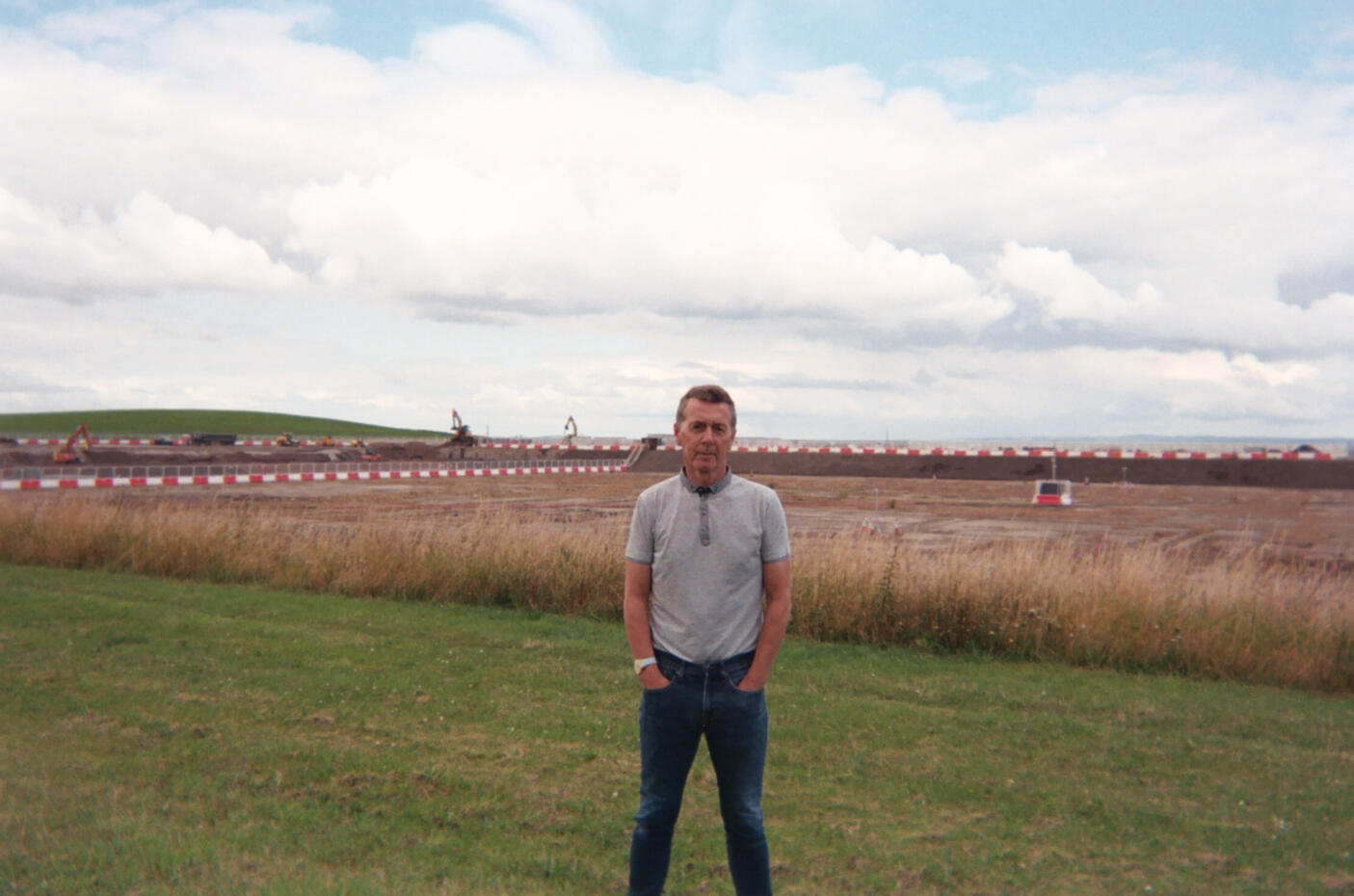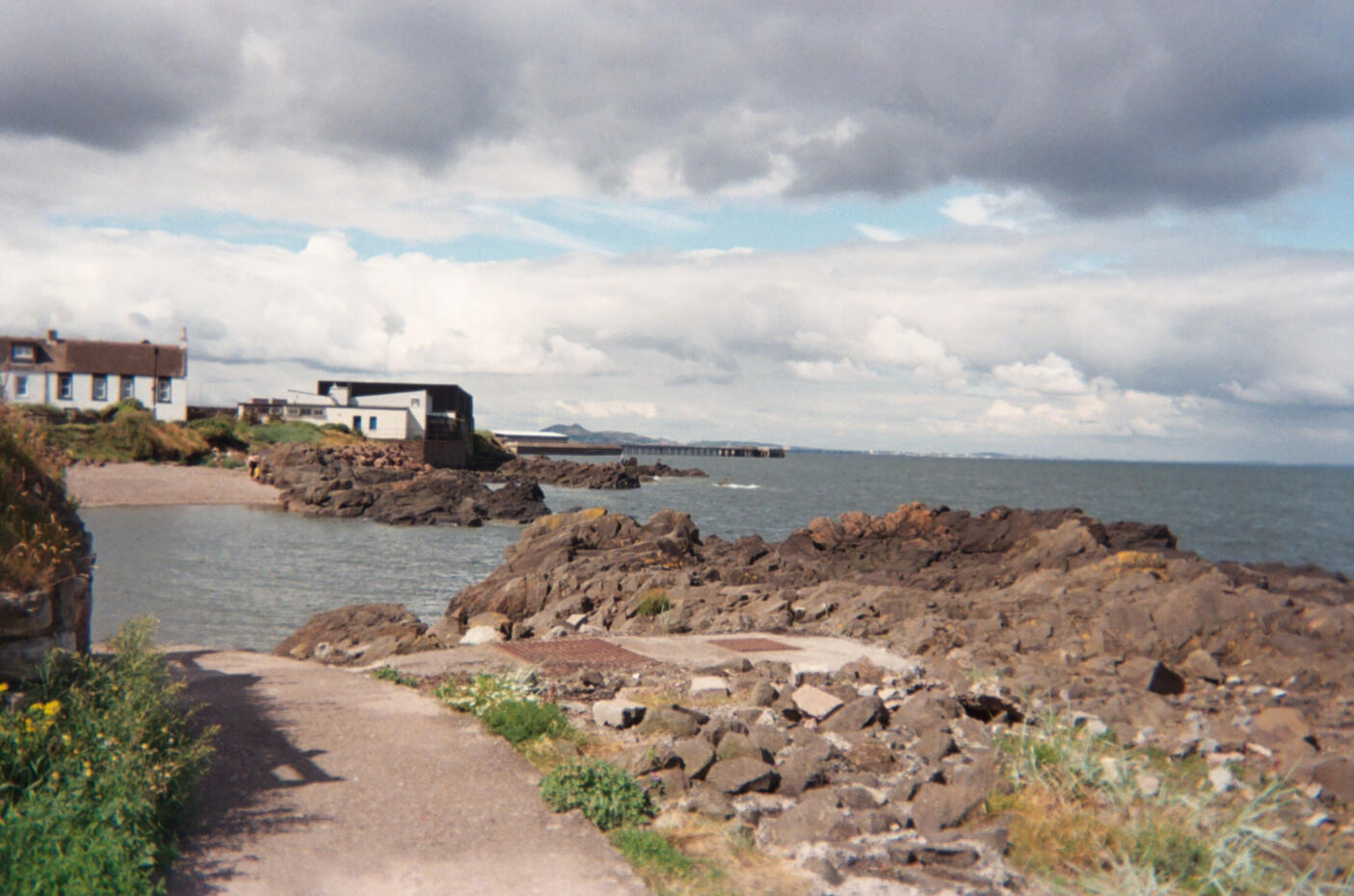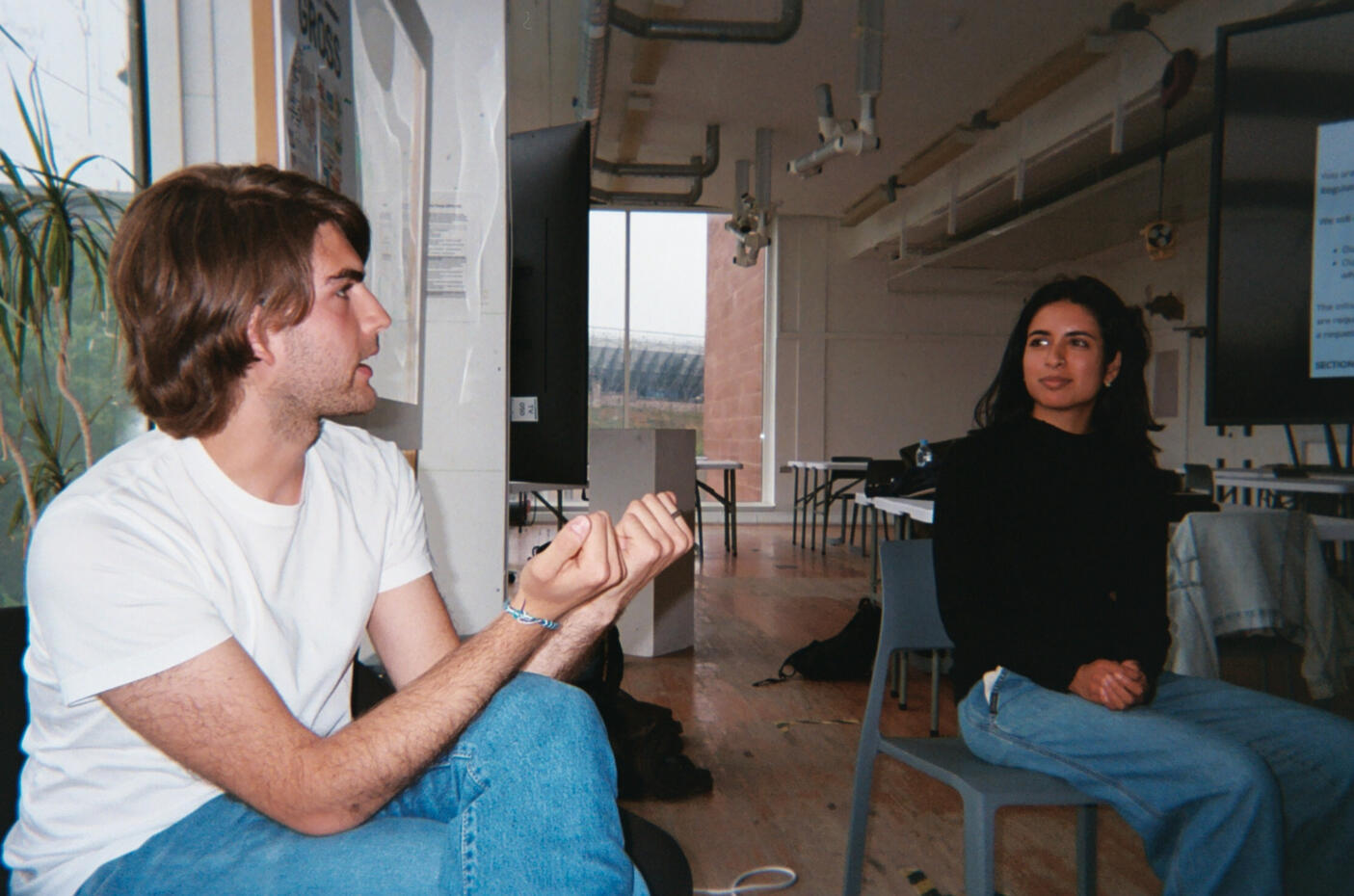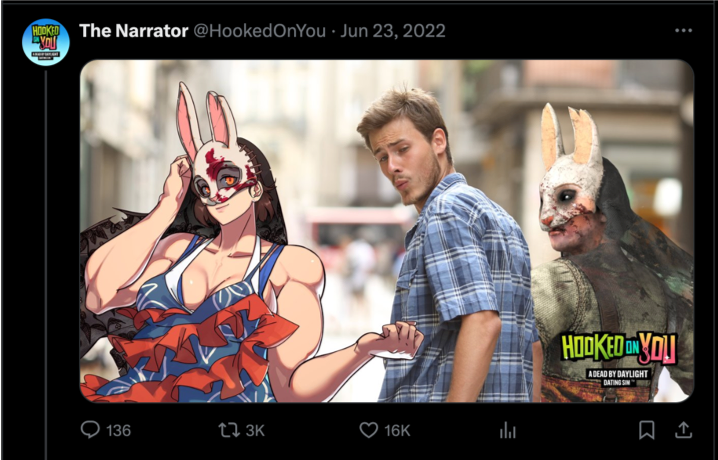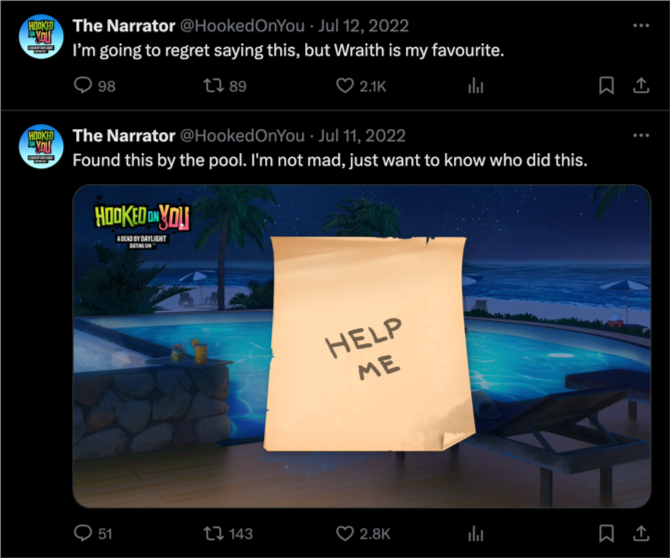Hi, I'm April! ⋆✴︎˚。⋆
I’m a design anthropologist paying close attention to the environmental impact of our digital lives. I'm passionate about computing culture, data justice, and practical ethnography. I'm currently working as a Qualitative Insights Manager at Dig Insights.I’ve worked as a community manager in the video game industry and hold a Bachelor’s in Anthropology from McGill University. Recently, I completed the Design for Change MA at the University of Edinburgh and was a Researcher in Residence at the Design Museum in London, England.📍 Toronto, Canada
Design Researchers in Residence: Hot Data
While in residence at the Design Museum, I examined the relationship between digital data and heat, from solar panels on a balcony in Barcelona to a data centre waste heat network on the outskirts of Dublin. I materialized my findings in the "Data Do-Nothing Machine."
An Ethnography of Data Centres
For my MA thesis, I spent time in the seaside town of Cockenzie, Scotland. Here, I explored the tension between a government proposed plan for a data centre and community visions for land use.
Community Strategy for Dead by Daylight
For 3 years, I worked at the video game studio Behaviour Interactive (Montreal, Canada), building a community around their most popular game.
I also make music! Check it out:
Design Researchers in Residence: Hot Data
Question: How might I materialize the heat of the Internet while inviting alternative visions of its future?
Project Overview
I was selected as one of four Design Researchers in Residence at the Design Museum (London, UK) for their 2023-24 cohort. This program, run by the Future Observatory and funded by UKRI's AHRC, supports early career researchers with the funding and space we need to explore a theme related to the climate crisis; this year’s theme was “SOLAR.”The brief was for: "research proposals that consider design for and against heat and light in the context of the climate emergency."Jumping off from my master's thesis, I proposed an exploration of the potential for waste heat generated by data centres to be harnessed and redistributed to communities, through an ethnographic study of one such community. This project was titled "Hot Data."
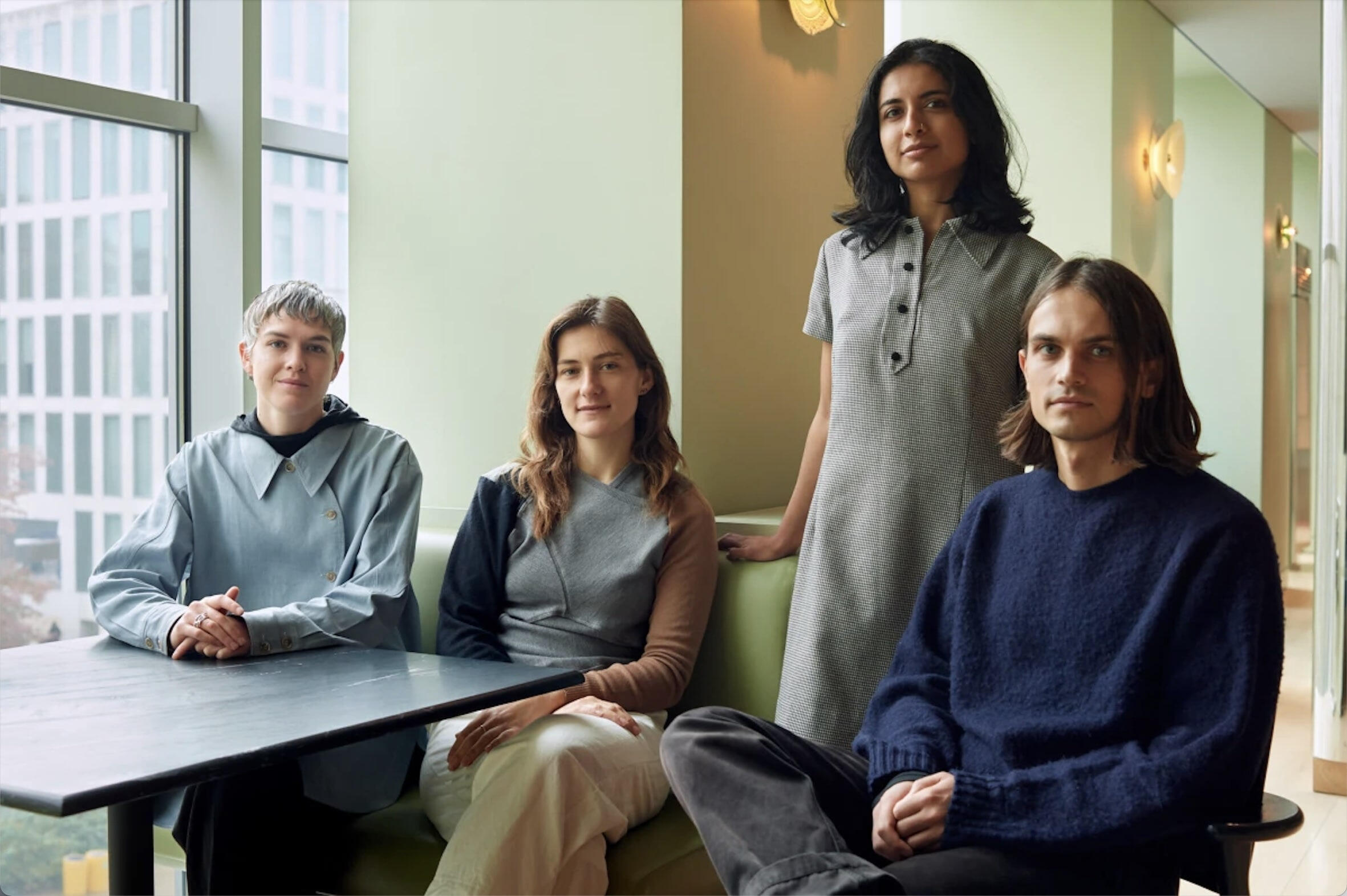
Me (second from the right) and the three other Design Researchers in Residence, Freya Spencer-Wood, Eliza Collin and Jamie Irving, for the SOLAR cohort. (Photo by Justine Trickett, 2023).
Field Site
Tallaght is a suburb of Dublin, Ireland and the site of Ireland’s first district heating network, sourced from the waste heat of an Amazon Web Services data centre. This scheme is owned entirely by the county council.In Ireland, data centres have become controversial: they account for 18% of the country’s metered electricity, more than all of Ireland’s urban households. This large power share implicates the tech industry in Ireland’s inability to meet its carbon reduction goals.

The AWS data centre in Tallaght. Heatworks Energy centre on its right hand side. (Photo by Stephanie Strifert, 2024.)
Methodology: Design Anthropology
For this research project, I travelled to Tallaght to a examine the data centre waste heat network as it warmed public buildings. I conducted contextual inquiry, interviews, and participant observation with heat network professionals and recipients.I synthesized my field notes and interview data into a written output: a speculative ethnography of the cultural perceptions, and changeable future, of the data centre at Tallaght's heart. Read the ethnography here.In addition to my field research on Tallaght's heat network, I also conducted a series of online in-depth interviews with Low-Tech Magazine, a team of designers working on a solar-powered website. Read the article here.For the design phase of the project, I recruited and led a team of two designers in a series of in-studio design workshops. Together we prototyped and iterated several cultural probes objects, which were meant to materialize my findings from the field and engage the public at the Design Museum.
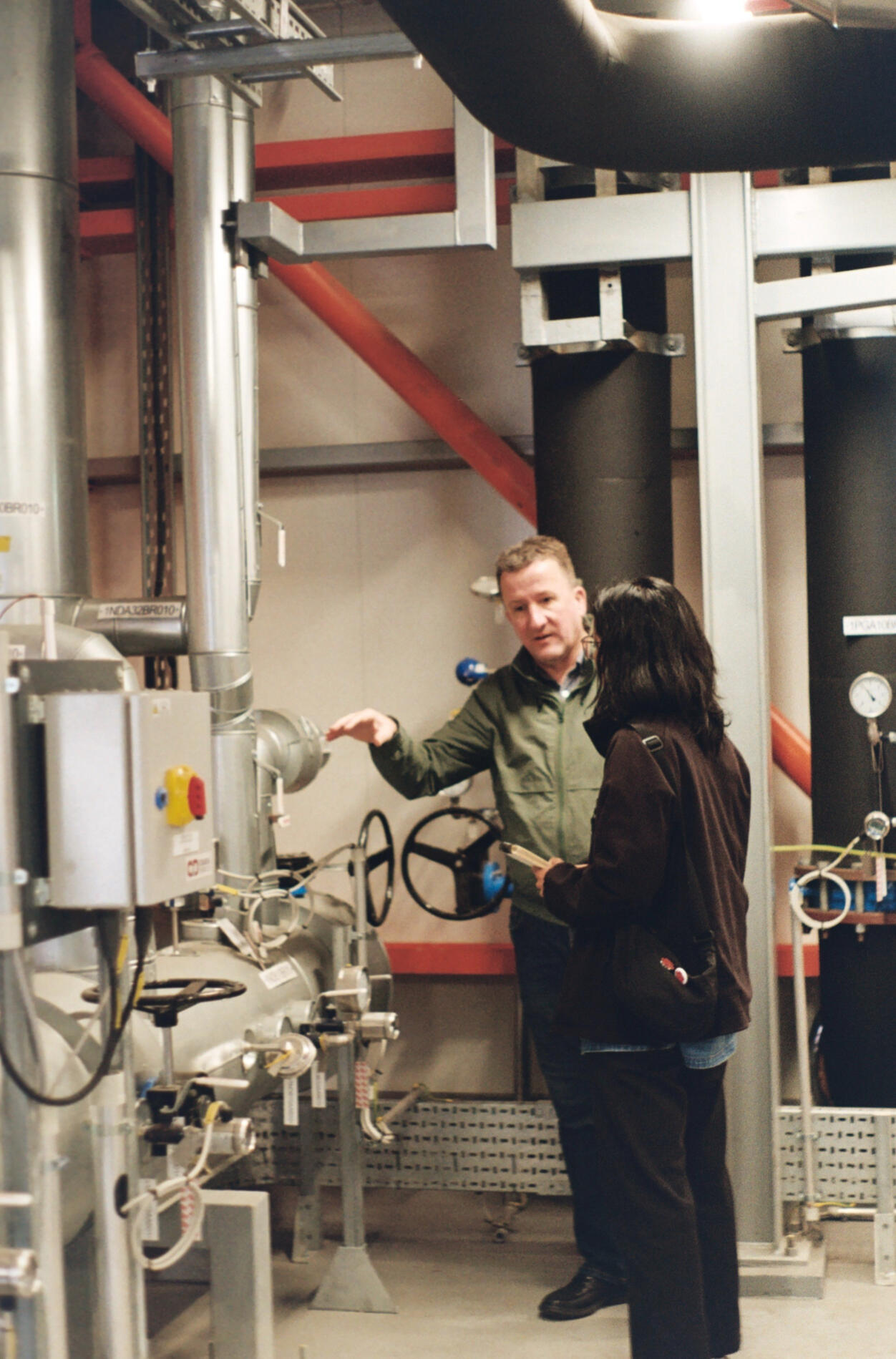
Interviewing a heat network professional, in the energy centre. (Photo by Stephanie Strifert, 2024.)
"At the time [the centre was built], the Council made an agreement with Amazon to install collectors on the top. A data centre without the heat collectors, for us, it's nothing."-*Enver, Manager of HeatWorks Energy Centre
1. One of my interviewees, a heat recipient, showing me the boiler room in County Hall. 2. Pipework within Heatworks Energy Centre. 3. Me, taking observational notes in Tallaght. (Photo by Stephanie Strifert, 2024.)
Design Process: Ideation
I reached out to designers/technologists Drs. David Chatting and Cally Gatehouse to collaborate on the design of my cultural probe object. I used Miro to present findings from my field visit and led free-association brainstorming sessions.
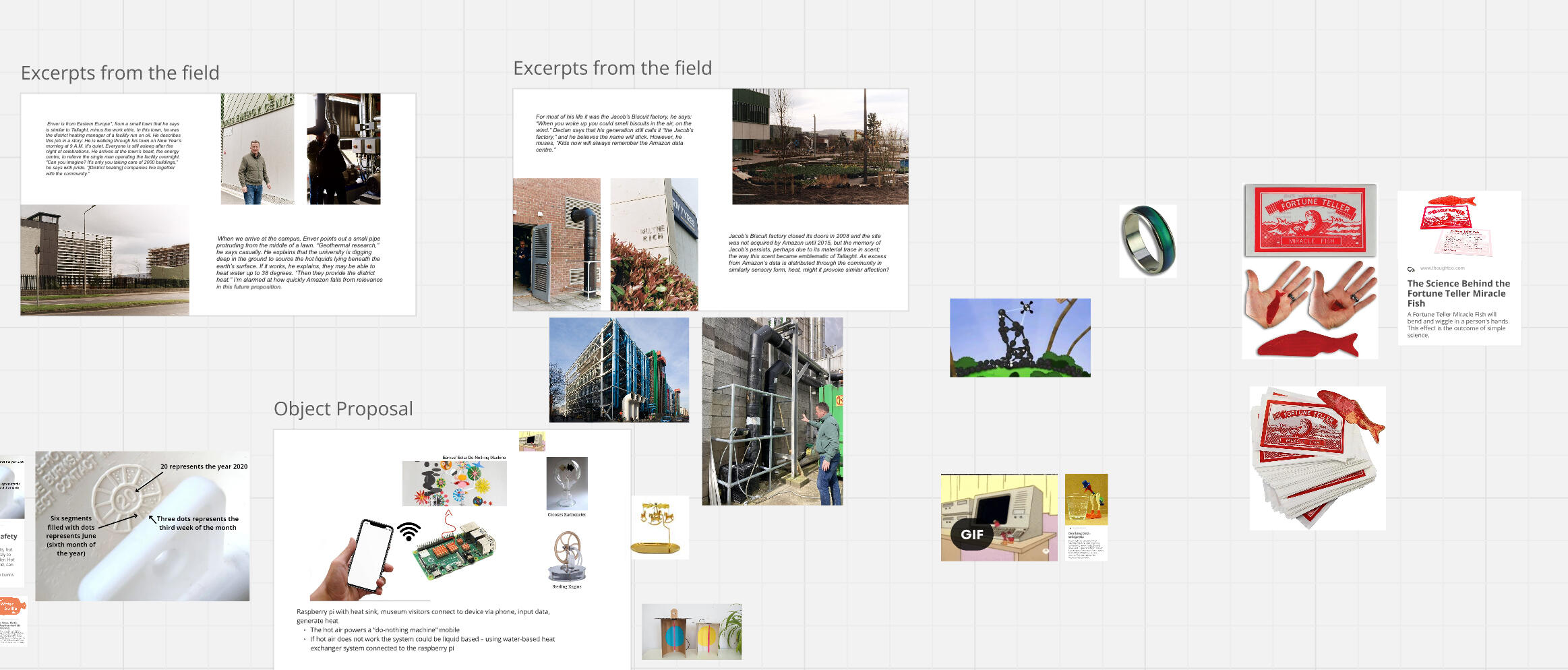
Miro board from our first brainstorm session.
Design Process: Inspiration
A major reference that came up in these brainstorms was Charles and Ray Eames' "Solar Do Nothing Machine" designed in 1957. This toy-like mobile machine was one of the first uses of solar electricity.We were inspired by the use of colour and movement to demonstrate new energy technologies and to communicate an environmental message. As Charles Eames said of the machine, "toys are never as innocent as they seem."
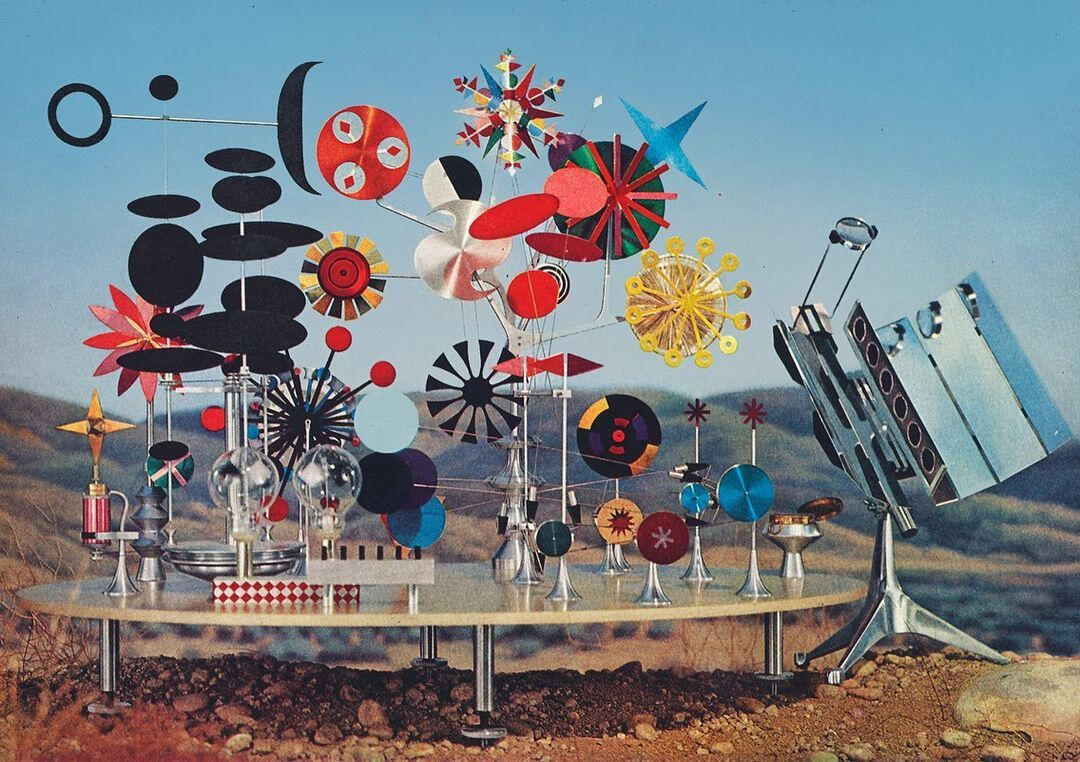
The Eamses' Solar Do Nothing Machine, made in 1957. (Alcoa Aluminum Archives)
Design Process: Workshops
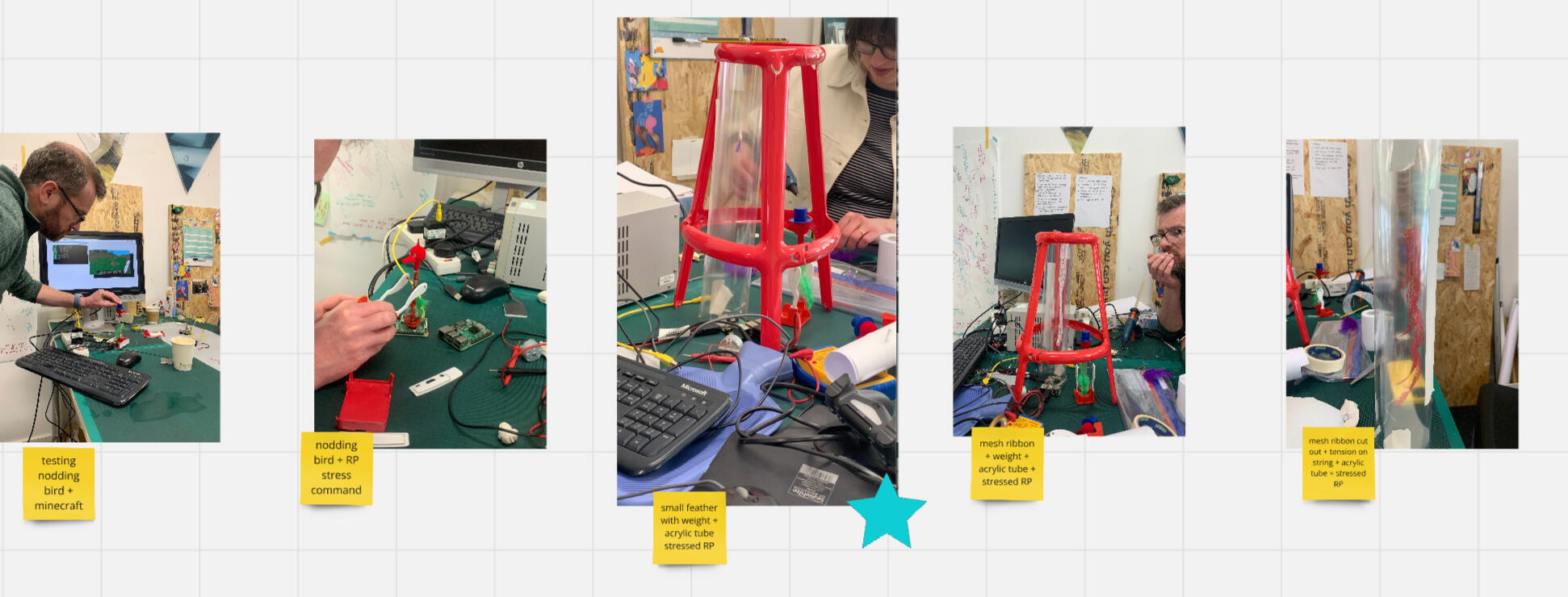
Logging material tests on Miro, after our workshops.
I led the team in several in-studio design workshops. In these sessions, we tested data-intensive software on Raspberry Pi single-board computers paired with heat sensitive materials; we sketched out and created several prototypes of a machine that materialized the heat of data in its most dramatic, visual form.
Outcomes: The Data Do-Nothing Machine
We created a digital heating device called the "Data Do-Nothing Machine." This networked machine is comprised of a cluster of single-board computers within an acrylic tube, that communicate with a connected web app through private Wi-Fi networks. As you scroll up on the app, the internal temperature of the computers is raised, scroll down, and the temperature drops. The heat generated from this action moves shimmering ribbons also contained within the tube.The machine is a tool for museum-goers to play and discover the material impact of the digital realm, instantly sensing the relationship between data processing and heat.
The Data Do Nothing Machine, in action.
Outcomes: The Data Soup Co-Op
Within the exhibition, I proposed the possibility for community-run "digital warm banks" where people can access hot water and keep warm when they cannot afford to heat their homes, run through a local data centre's waste heat. I called this warm bank the Data Soup Co-op and created branded artefacts from the Co-op, including a hot water bottle and soup mug which feature optimistic slogans connecting warm comfort and data processing. The proposal serves as a reminder of the material consequences of the internet and its associated infrastructure, and points to a future where communities may leverage waste heat produced by data centres for well-being and social welfare.
Merchandise from my "digital warm bank."
Outcomes: Illustration and Film
I contracted illustrator Leyla Salih to create a systems illustration explaining how waste heat from a data centre is transformed into public heating. I sketched out a map of the system, loosely based on Tallaght's heat network for Leyla to then adapt into an isometric illustration. I called this piece a "digital heat network," and made sure the image would be relatable and clear to the average museum-goer.
A digital heat network systems drawing. (Research and direction by me, art by Leyla Salih.)
I also created a short film comprised of notes and photos from my fieldwork in Tallaght. The curators asked me to include narrated field notes in the display so that the public had a view into how I used traditional ethnographic methods to inform my design research process. Watch the video here.
A still from my Field Notes film. (Photos by Stephanie Strifert, 2024).
SOLAR was on display from June until September 2024, at the Design Museum.Program and Exhibition Curators: George Kafka, Lila Boschet, Rebecca Gremmo
Project Collaborators: Dr. David Chatting, Dr. Cally Gatehouse
Other Design Researchers in Residence: Eliza Collin, Freya Spencer-Wood, Jamie Irving
Find out more:
An Ethnography of Data Centres
For my MA thesis, I spent time in the seaside town of Cockenzie, Scotland. Here, I explored the tension between a government proposed plan for a data centre and community visions for land use.
An Ethnography of Data Centres
Project Overview
Question: How can design anthropology reveal the cultural effects of Big Tech colonialism in Scotland, as well as challenge it?
This project was my master's thesis for the Design for Change 2022-23 program at the University of Edinburgh. After an academic year of design labs and science and technology studies courses, I found a connection between my lifelong passion for decolonial theory and my interest in digital communications technology, through a critical examination of the data centre.Data centres are buildings filled with computer servers that process and store digital data. They require large quantities of land, water and electricity to keep servers cool and running. On a global scale, data centres and their transmission networks are responsible for nearly 1% of all energy-related greenhouse gas emissions - close to the aviation industry (iea.org 2022). This is only set to increase as new technologies, like AI, boost demand for data services (iea.org 2022). Digital materialist scholar Jussi Parikka writes of data centre cooling systems: “The digital is a regime of energies: human energy and the energy needed for technological
machines,” (2015 p. 106).
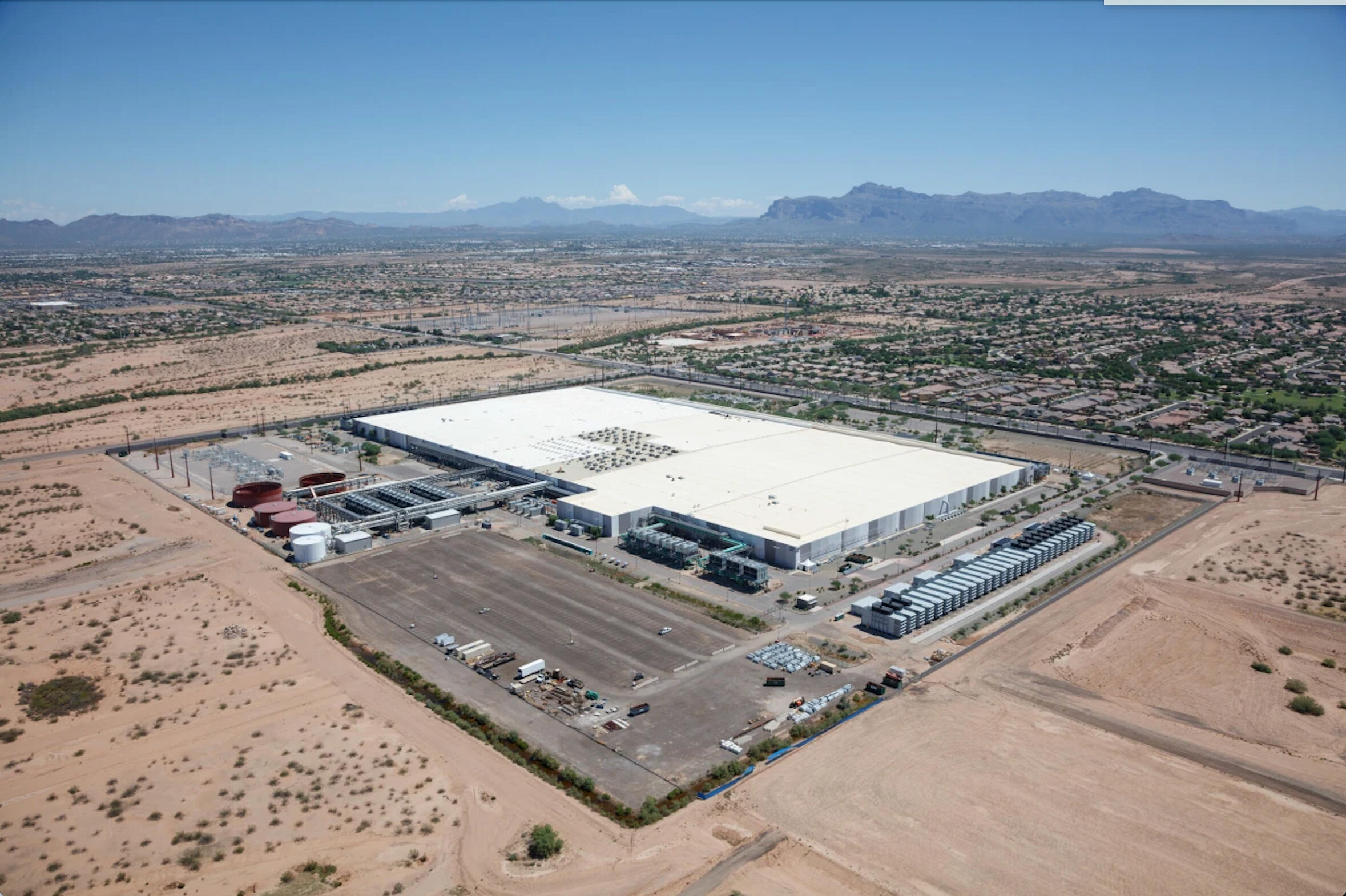
Jim Todd / Reuters file
Field Site
In 2021, Host in Scotland, a government marketing initiative, released a list of the 15 ideal sites to host data centres in Scotland. One of these plots, the former Cockenzie Power Station, stood out to me; it is the site of a demolished coal- fired power plant. I soon found that a community group are proposing their own plans to reclaim the site: a National Centre for Climate Change. Compelled by these conflicting visions, I chose the neighbouring towns of Cockenzie, Port Seton and Prestonpans as the field site for my research.
Methodology
My research uses the emerging field of design anthropology as a methodology; where anthropological research may be used in design processes and design methods may be used for research.I undertook 4 phases of ethnography in Cockenzie borrowing design methods, such as workshops, speculative fiction, and cultural probes, in order to create anthropological insight that may also intervene in how data centres are designed.My findings are framed through digital materialism and decolonial theory, both of which focus on the centrality of land in the struggle for power.
Host in Scotland identified the old Cockenzie Power Station Site as one of 15 ideal sites to build a data centre. I undertook workshop and interviews in town to uncover locals' visions for the site.
Outcomes
In a workshop in town, I had locals sketch out their visions for the site and participate in a group discussion touching on the relationship between data infrastructure and their land.Exploring speculative design methods, I wrote two narratives of the future of Cockenzie: one with a data centre and the other with the community-proposed Climate Change Centre. These narratives use words, memories, and visions for the site contributed by Cockenzie locals.The stories demonstrate how ethnography can be used in strategic, community-centered plan-making for the future. in this way, design anthropology can intervene in Big Tech colonial designs, by turning observations into visions, and visions into strategies.
Community Strategy for Dead by Daylight
For 3 years, I worked at the video game studio Behaviour Interactive (Montreal, Canada), building a community around their most popular game.
Project Overview
Dead by Daylight is a popular horror survival video game developed and published by Behaviour Interactive. I worked for Behaviour from 2020-2023 as a Community Manager. My task was to build a community around spin-off versions of the game, including the Dead by Daylight Mobile and Hooked on You: A Dead by Daylight Dating Simulation. In 2023, I also worked as a community strategy consultant for Behaviour's newest IP Meet Your Maker.
“Social media is a set of tools. Community is a strategy you apply to those tools.”-Patrick O’Keefe, Community Signal Podcast
Strategy
IntroduceThrough virtual time spent with players, I identified shared values between them and the developers of our game (Inclusivity, Weirdness, Self-Awareness, Humour). I used these values to create a community manager persona to use when copywriting and interacting on social media (“The Cool Dad”), distinct from the Dead by Daylight brand voice.SurpriseIt was important to us to cut through the culture of chronic dissatisfaction in gaming spaces and the suspicion levied against branded social media accounts. We created unusual content for a gaming brand, such as themed recipes and absurd, original memes. These offbeat posts gave way to humourous replies, positive sentiment and built rapport when we had to communicate about game issues, at other times.EmpathizeLive service games are developed and consumed in tandem. With every monthly software update, invested users had critical feedback on what they wanted to see from the game to continue supporting it. As Community Managers we walked the fine line of advocating for the players and understanding developer limitations. Like an anthropologist in situ, time spent on community forums allowed me to filter and represent user perspective to game designers, who then adapted game features based on my advice.
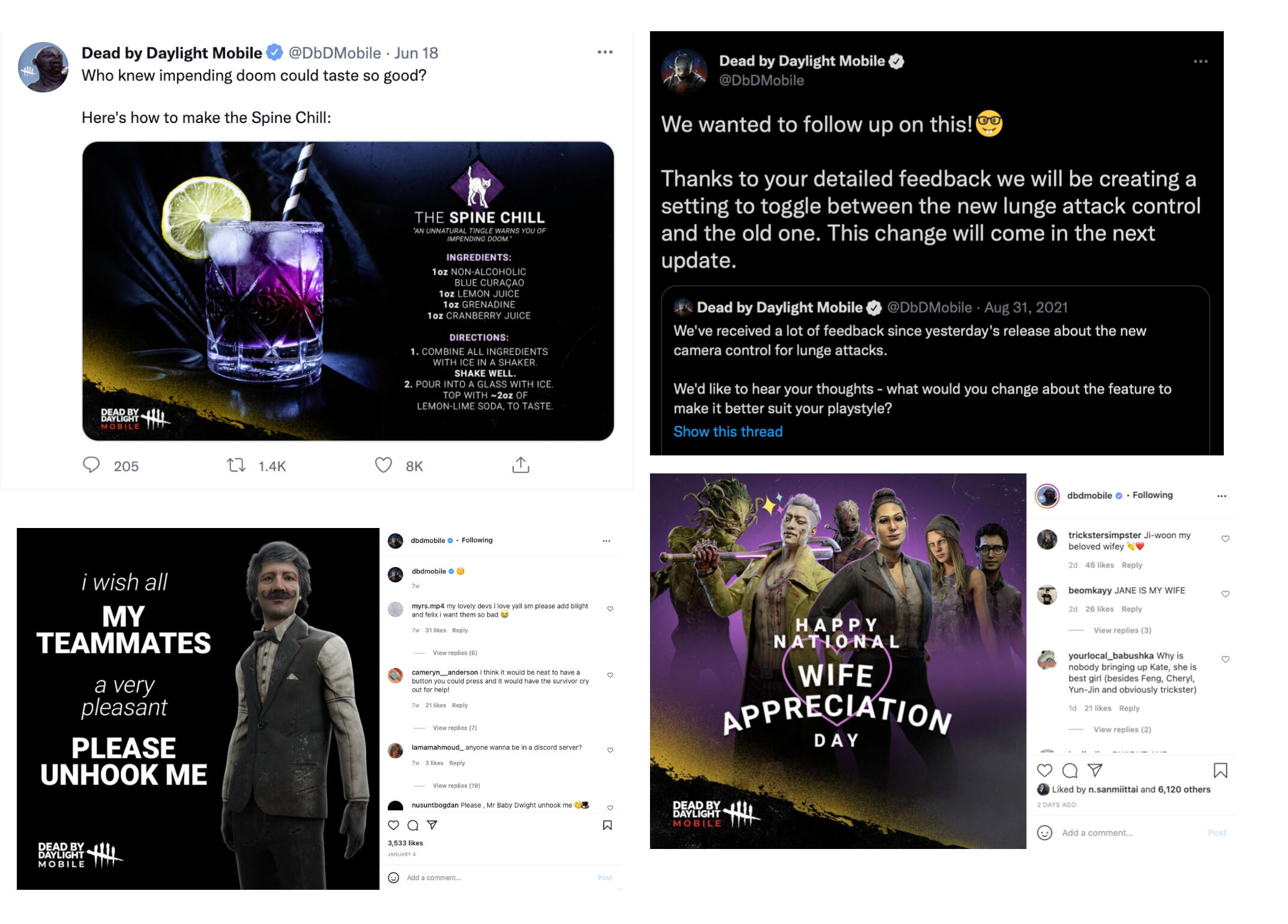
Some of the posts I made for Dead by Daylight Mobile; words by me, artwork by Cameron Sisco.
Hooked on You tweets, concepts/words by me.
Outcomes
Organic Growth:
- I launched Hooked on You Twitter and grew a 40k following organically in 3 months, with content focused on world-building and humour. Posts averaged a 13% engagement rate.- I oversaw our first ever first-party platforms strategy for Meet Your Maker, using the comms channels within gaming platforms (e.g. PlayStation News, Steam Community) for community-building. Direct CTAs on these posts resulted in an additional 3000 game plays and store visits in June 2023.Innovative Reporting:
- With guidance from user research team, I designed and deployed the community team's first-ever survey user satisfaction survey. I asked Meet Your Maker players for feedback on their experience in the online community, outside of the game. This data allowed community managers to measure success beyond social media metrics, with an iterable questionnaire.Stronger Identity:
- Defined community values and persona for 3 different Dead by Daylight games, provided a team of 8+ Community Managers guidelines to reference when copywriting.- I served as community campaign owner for Dead by Daylight's first official Pride campaign in 2021 which helped solidify Dead by Daylight's status as an LGBTQIA+ game.
DesignTO Talks: Net Positive
January 31 2025
Ace Hotel, Toronto, Canada.‘DesignTO Talk: Net Positive’ contributes to DesignTO’s 15-year legacy of showcasing design’s capacity to drive positive change in Toronto and beyond. The half-day event brings together ten multidisciplinary experts to explore innovative responses to the climate crisis from a perspective of abundance. Speakers include Aaron Budd (SvN Architects + Planners), April Barrett, Deepikah RB, Fran Erazo (Culturans), Judith van den Boom (Central Saint Martins), Netami Stuart (Waterfront Toronto), and the Living Room Collective (Nicholas Hoban, Vincent Hui, Clayton Lee, Andrea Shin Ling), covering such topics as regenerative design, urban infrastructure, more than human kinships, carbon positive initiatives, and more.
April Barrett, Hot Data: Materializing digital heat.
December 6 2024
Northumbria School of Design, Newcastle, UK + OnlineData-driven technologies are obscured by a black box, inaccessible to users. Still, though we may not all engineer digital experiences, we may all feel their heat. In this talk, I will share how one community in Ireland has leveraged the waste heat of a data centre to secure its own material well-being, alongside a massive global corporation, against a backdrop of energy scarcity. I will share my research journey, while in residence at the Design Museum, from question, to field work, to outputs, outlining how I leveraged design anthropology to make digital heat tangible to a wide audience, as well as to raise questions around its ownership, through the Hot Data installation.April will be joined in conversation with Hot Data collaborators, Dr Cally Gatehouse (Design Feminisms Research Group, Northumbria University) and Dr David Chatting (Open Lab, Newcastle)
Solar Talks: Thomas Thwaites and April Barrett
September 20 2024
The Design Museum, Kensington High Street, London, UK.This talk brings together Thomas Thwaites, the designer behind the iconic Toaster Project and GoatMan, and April Barrett, one of this year’s Design Researcher in Residence at the Design Museum, for an in-depth conversation on technological infrastructures and their small tech alternatives.The talk builds on April’s work as part of Solar, this year’s residency programme.Event Page
